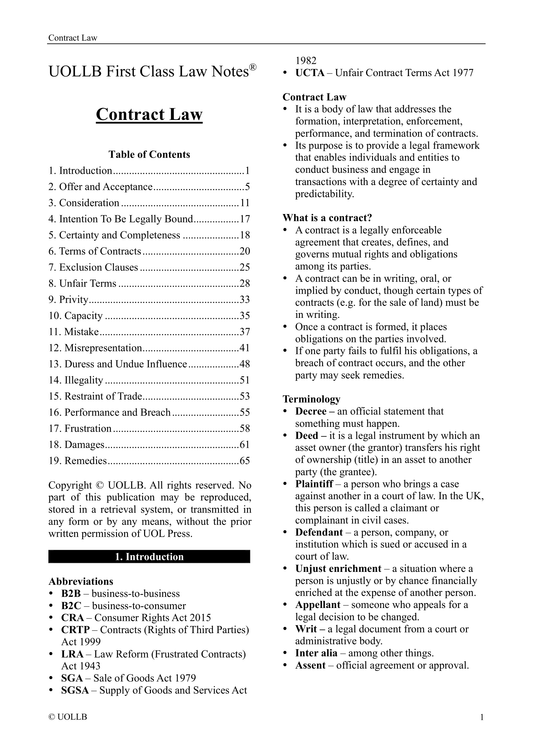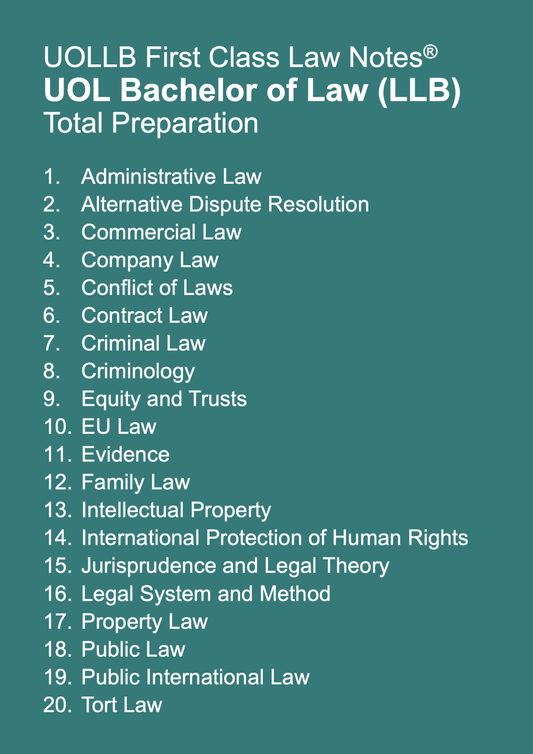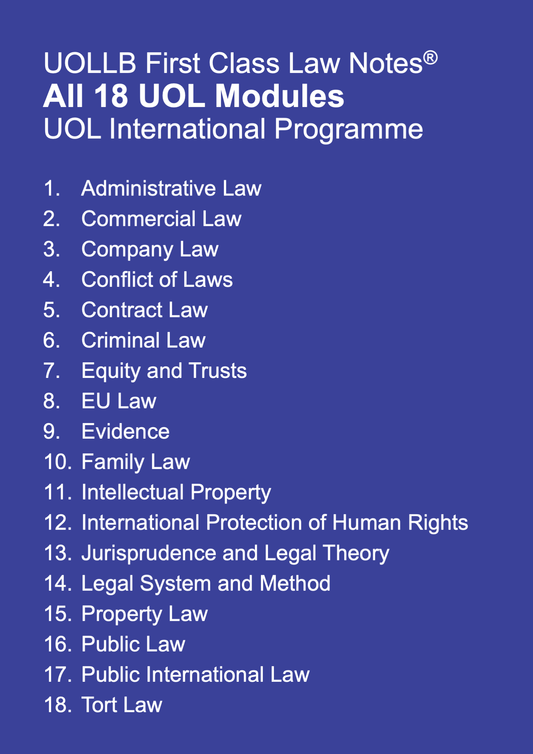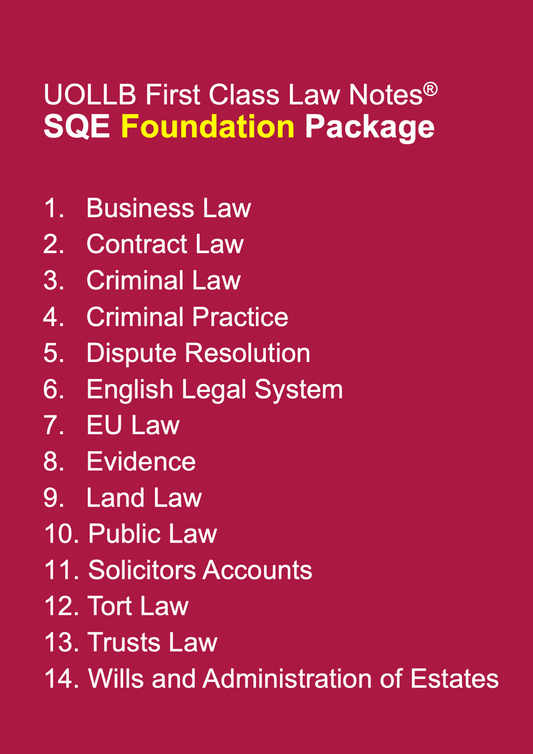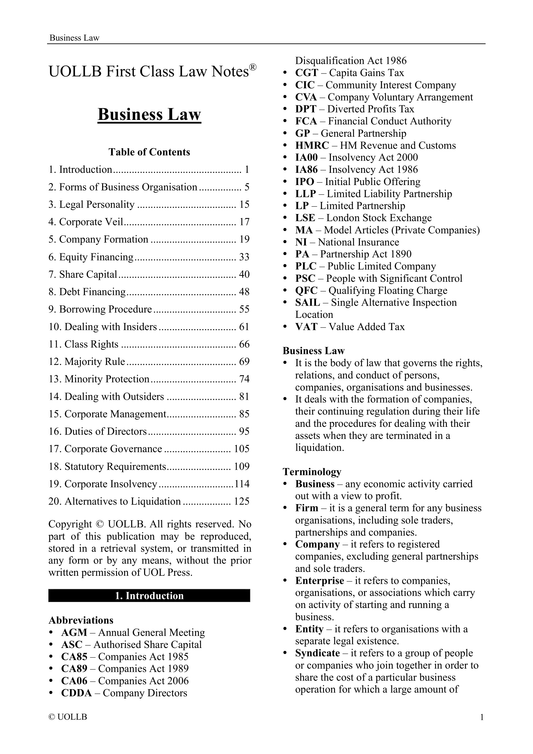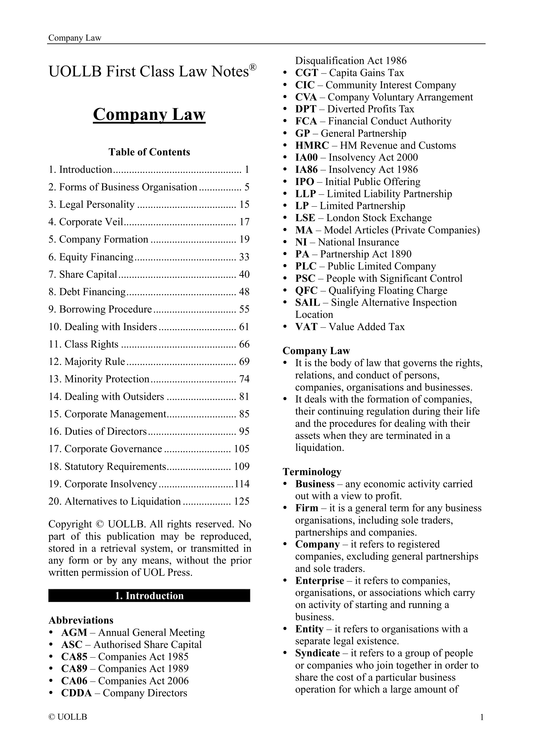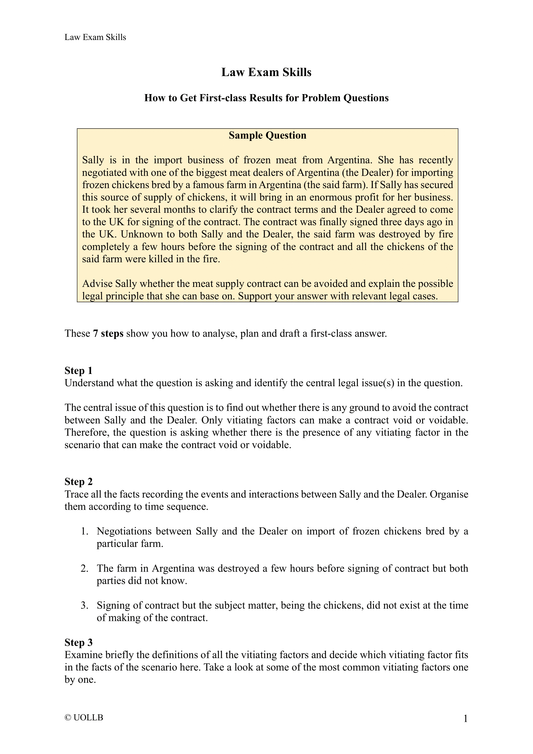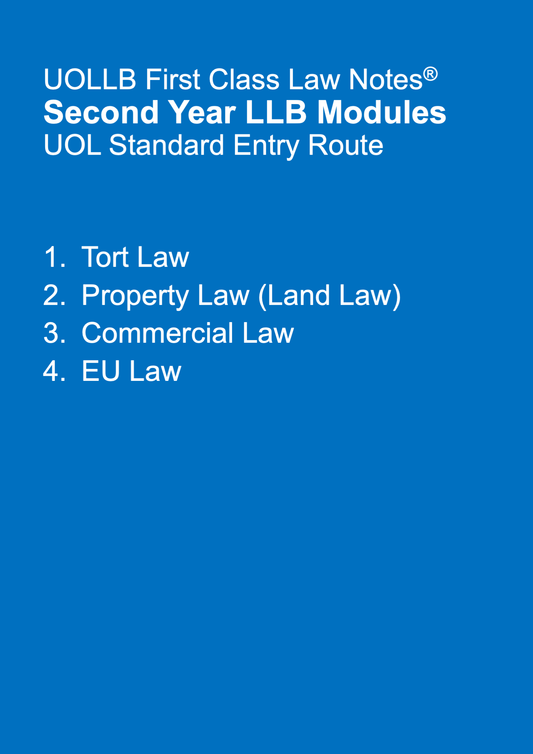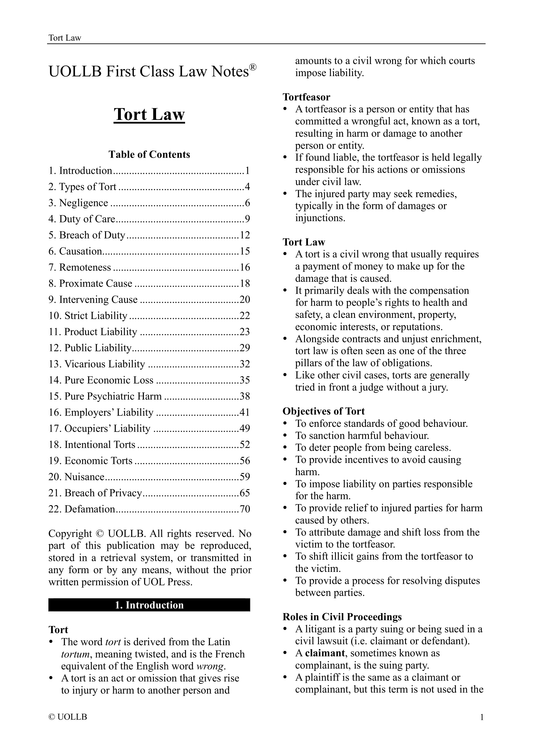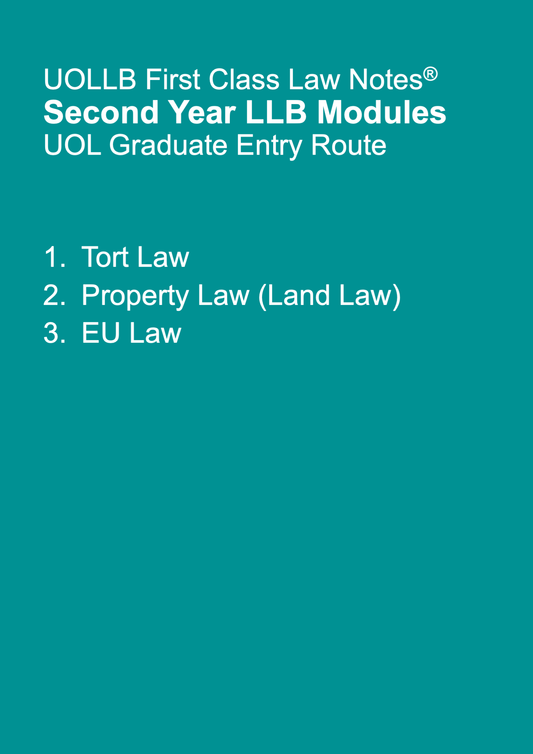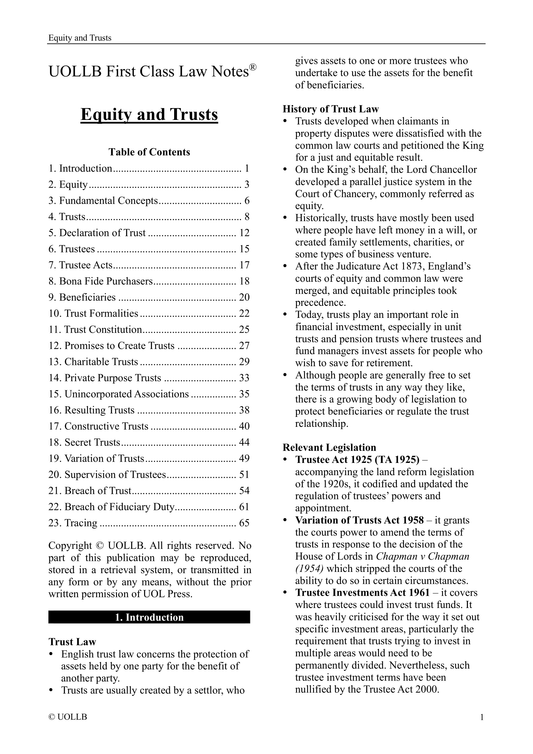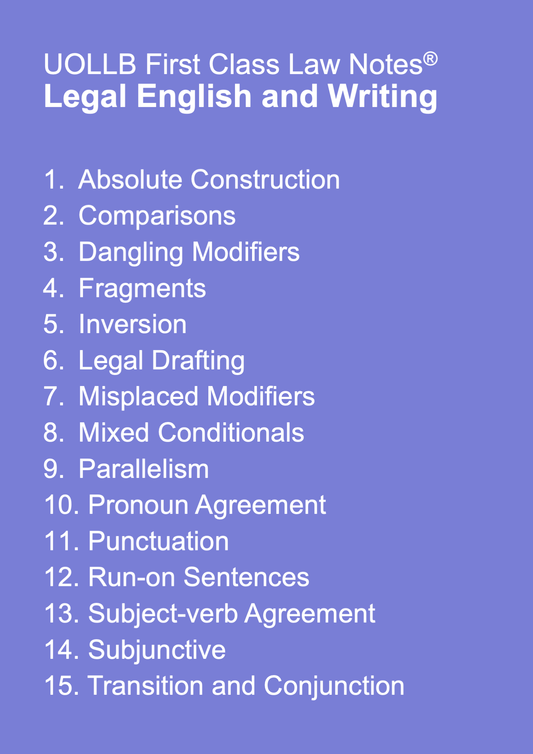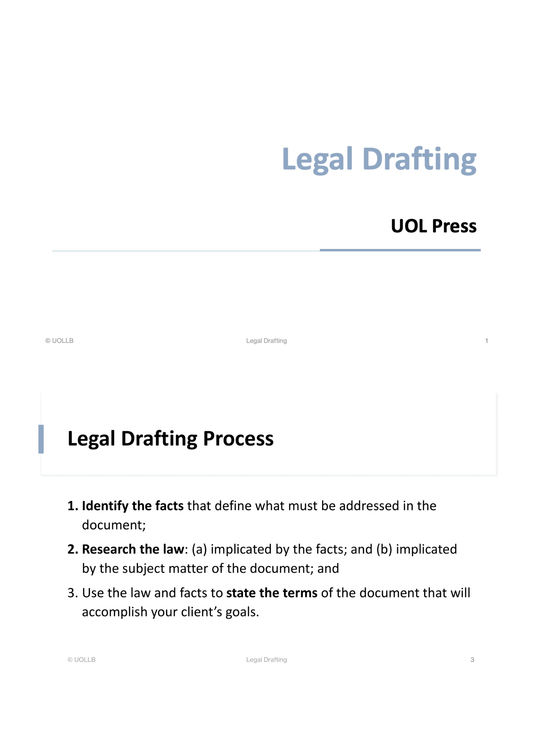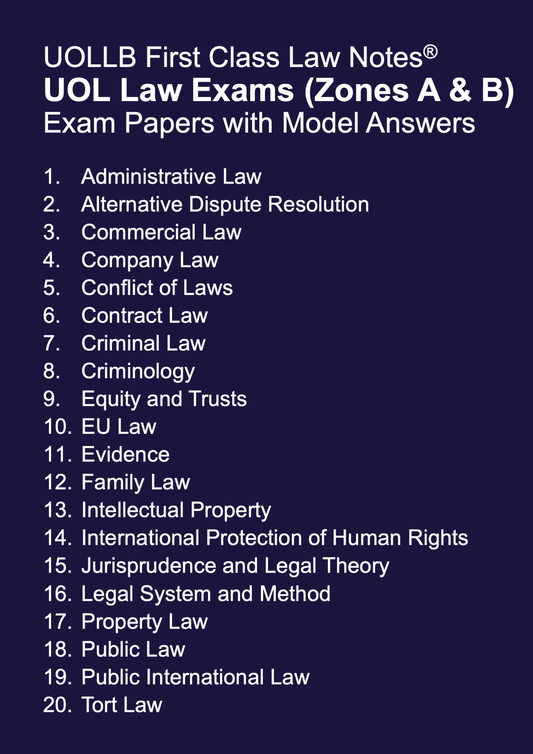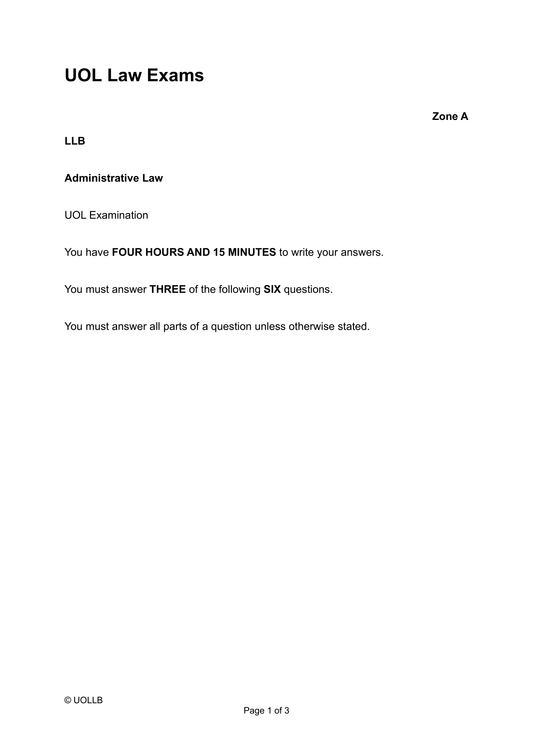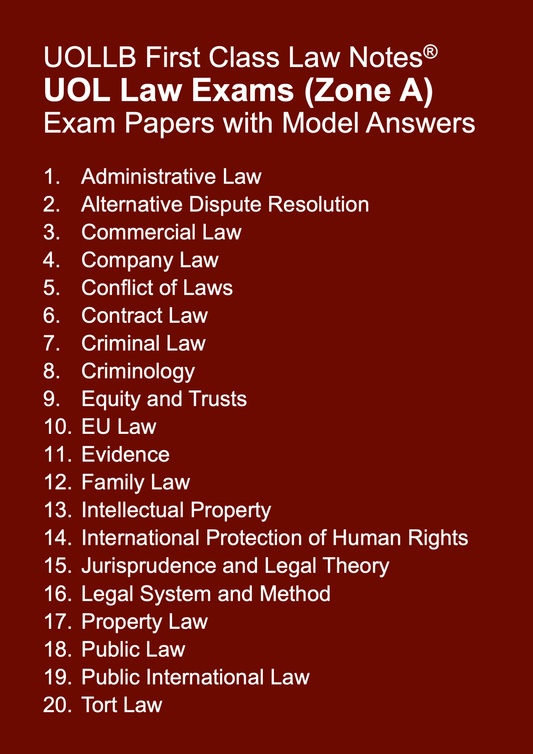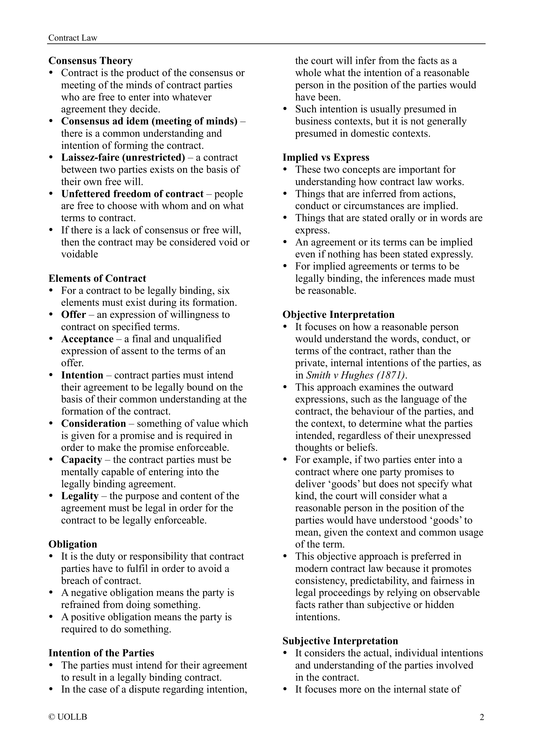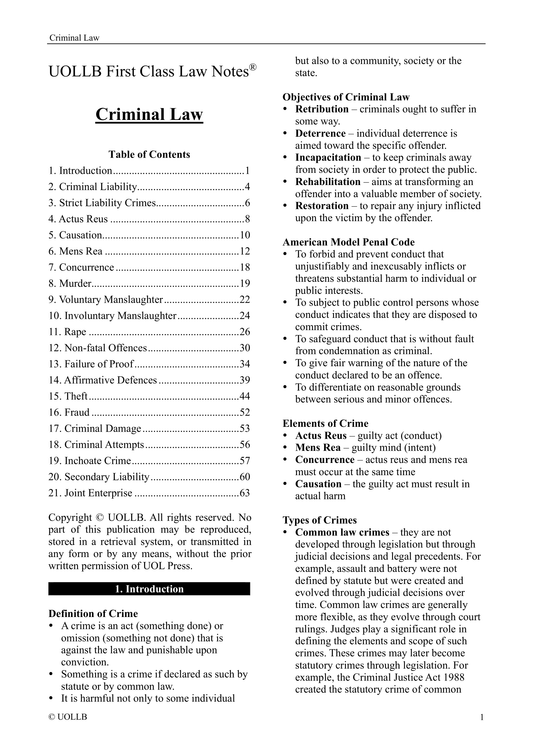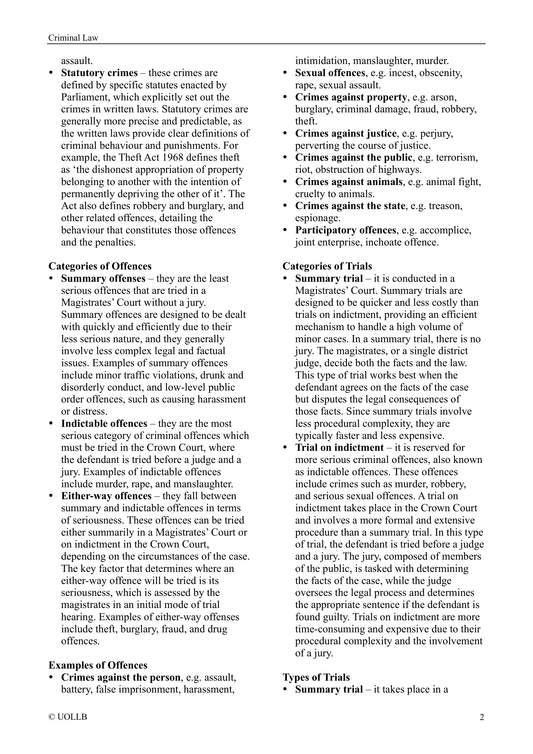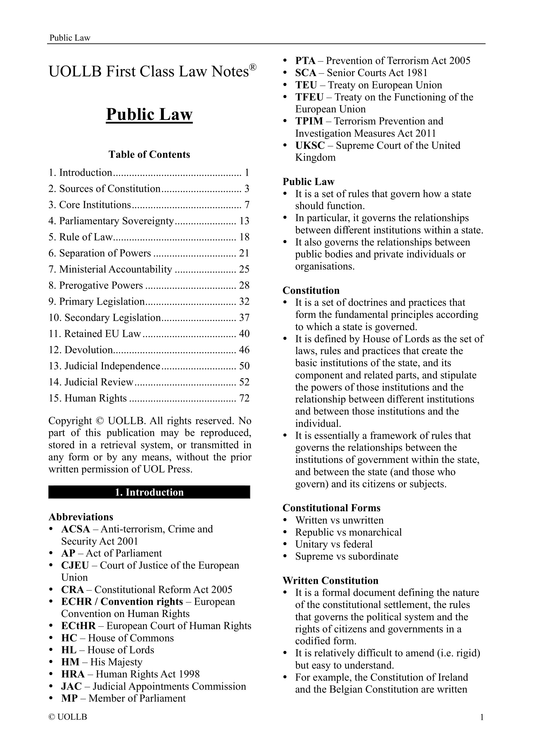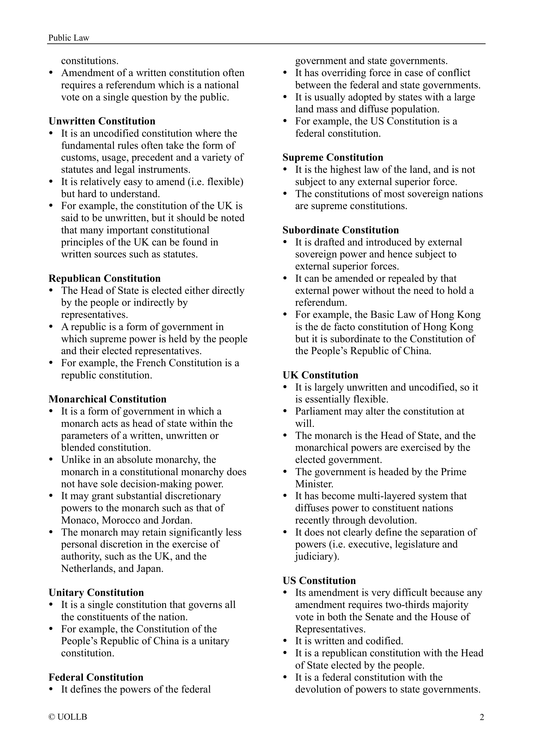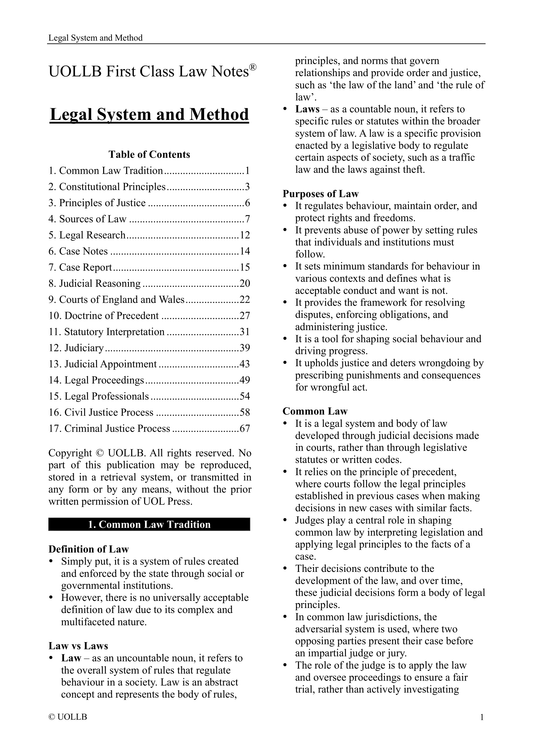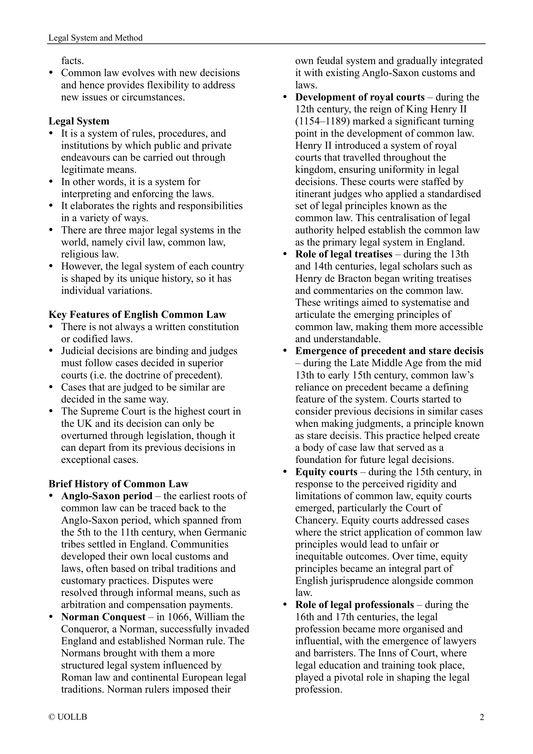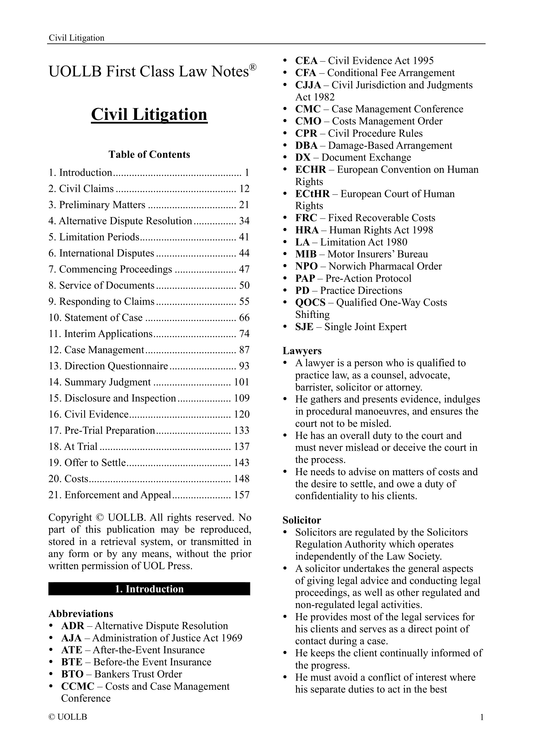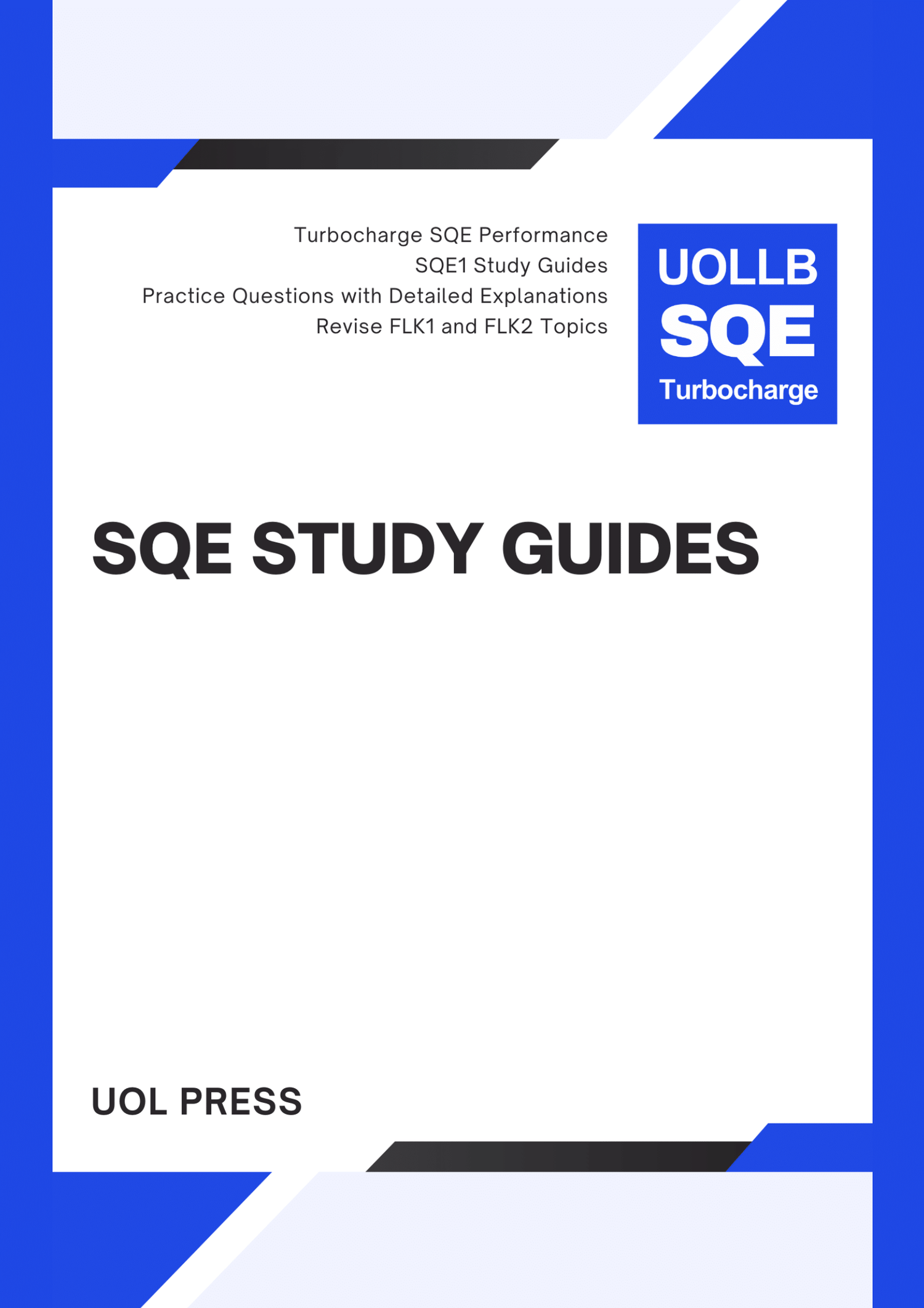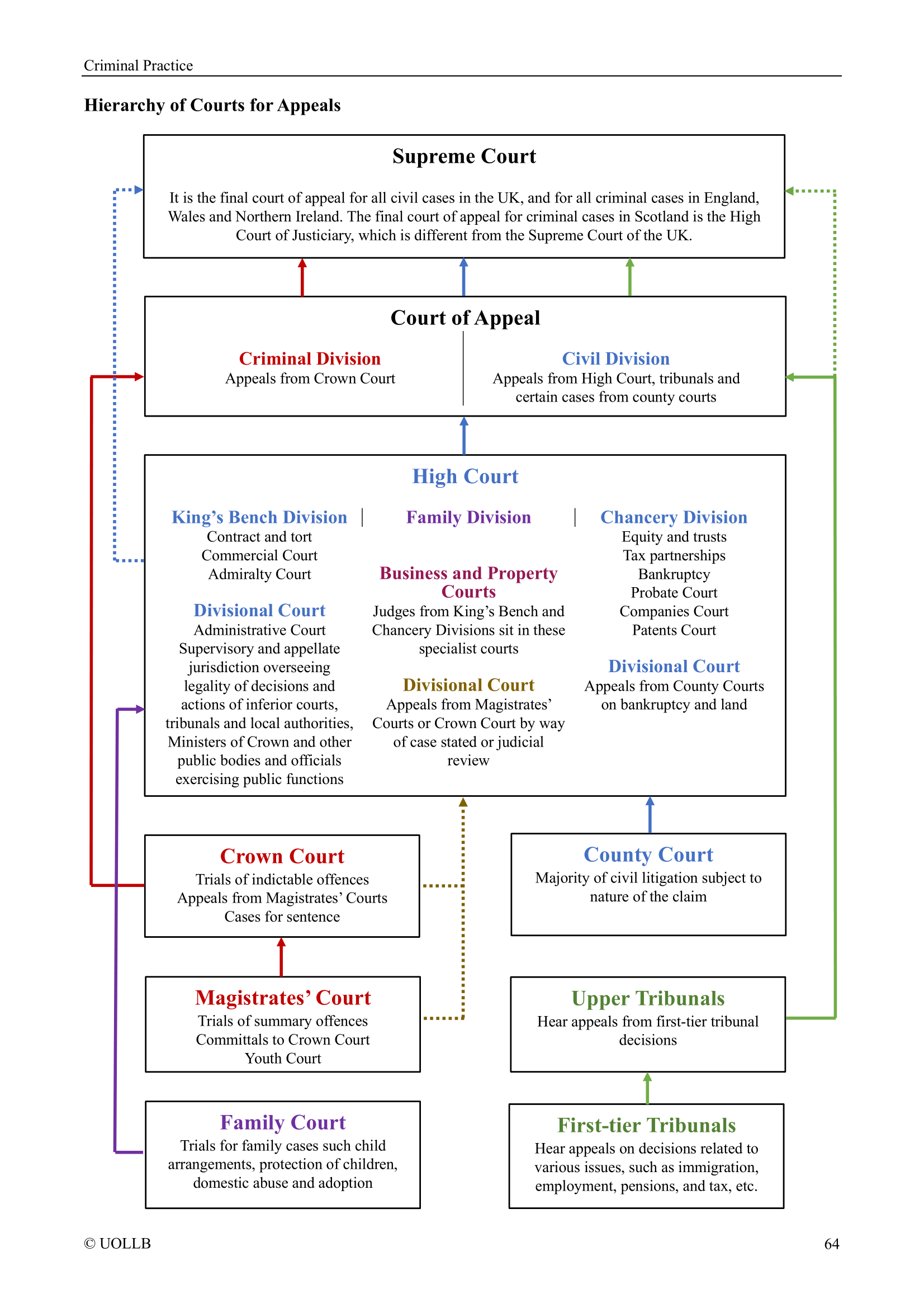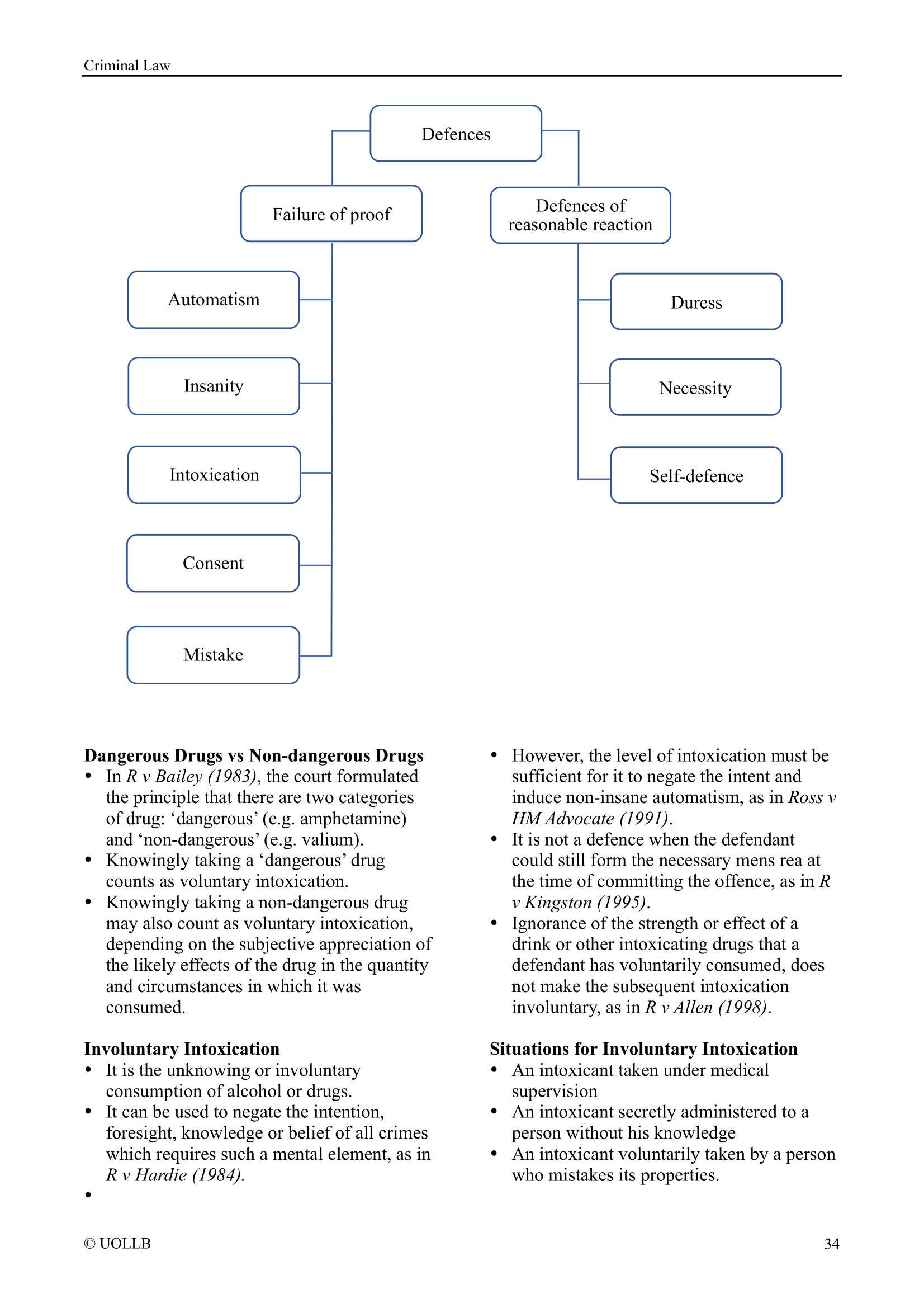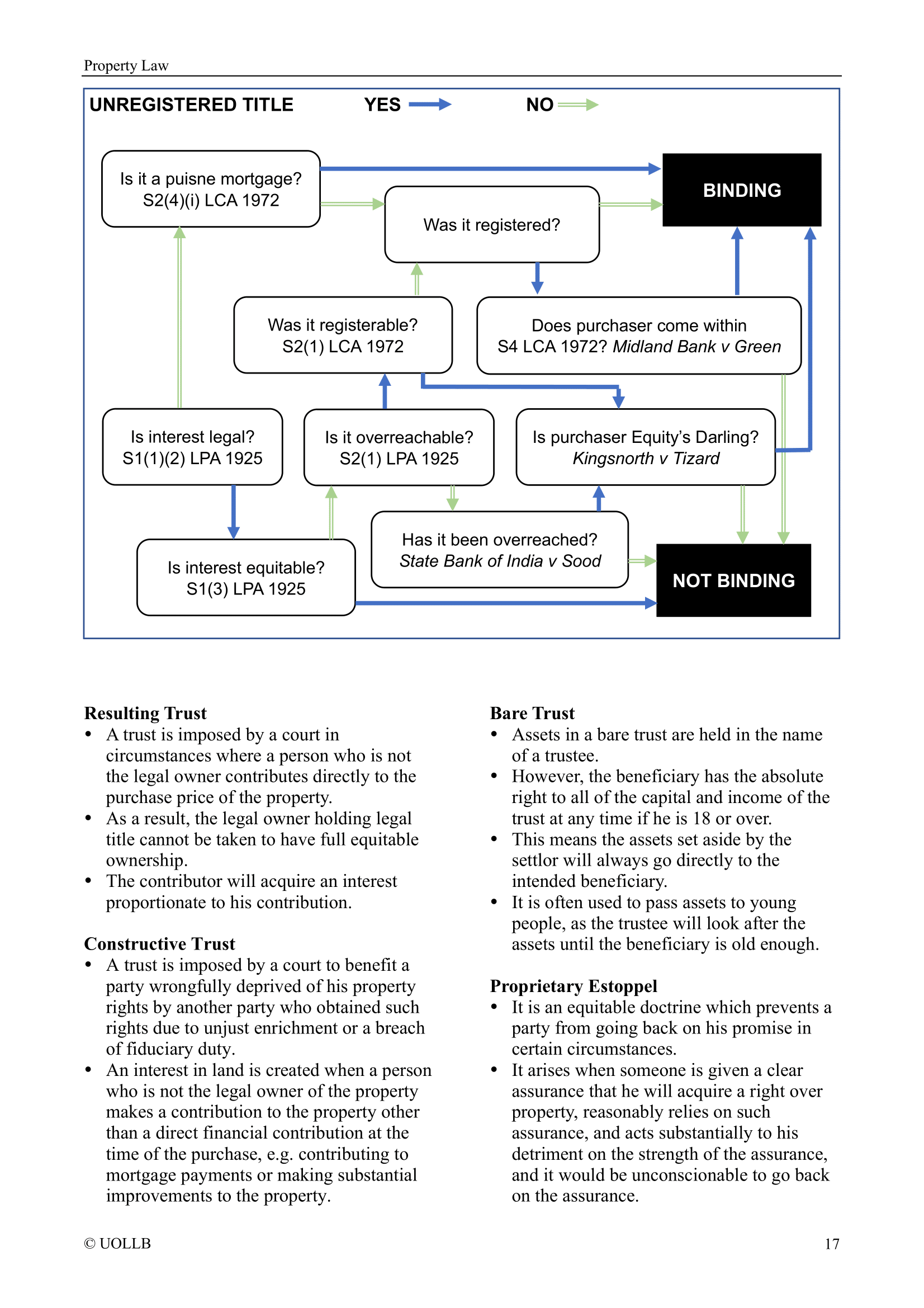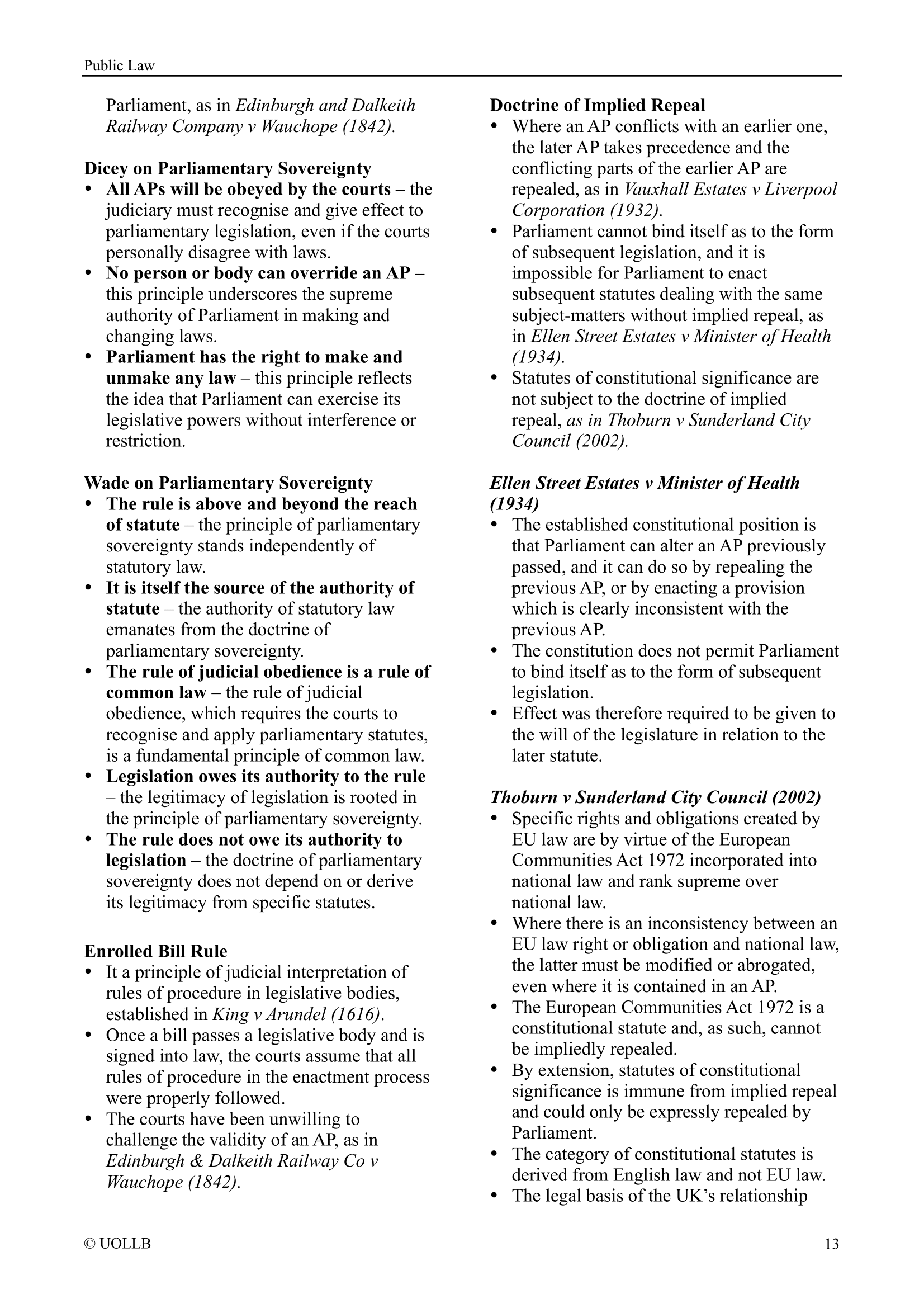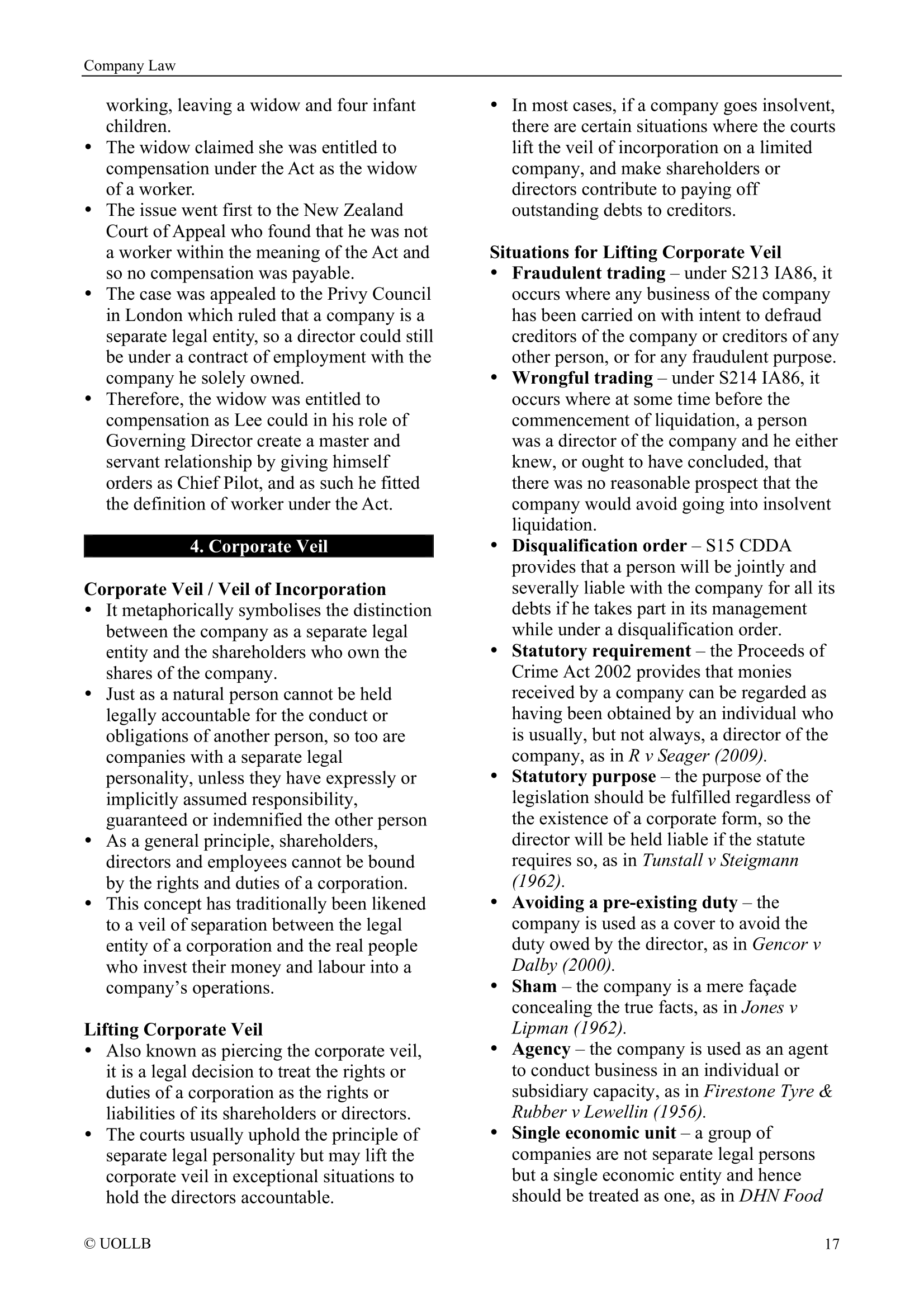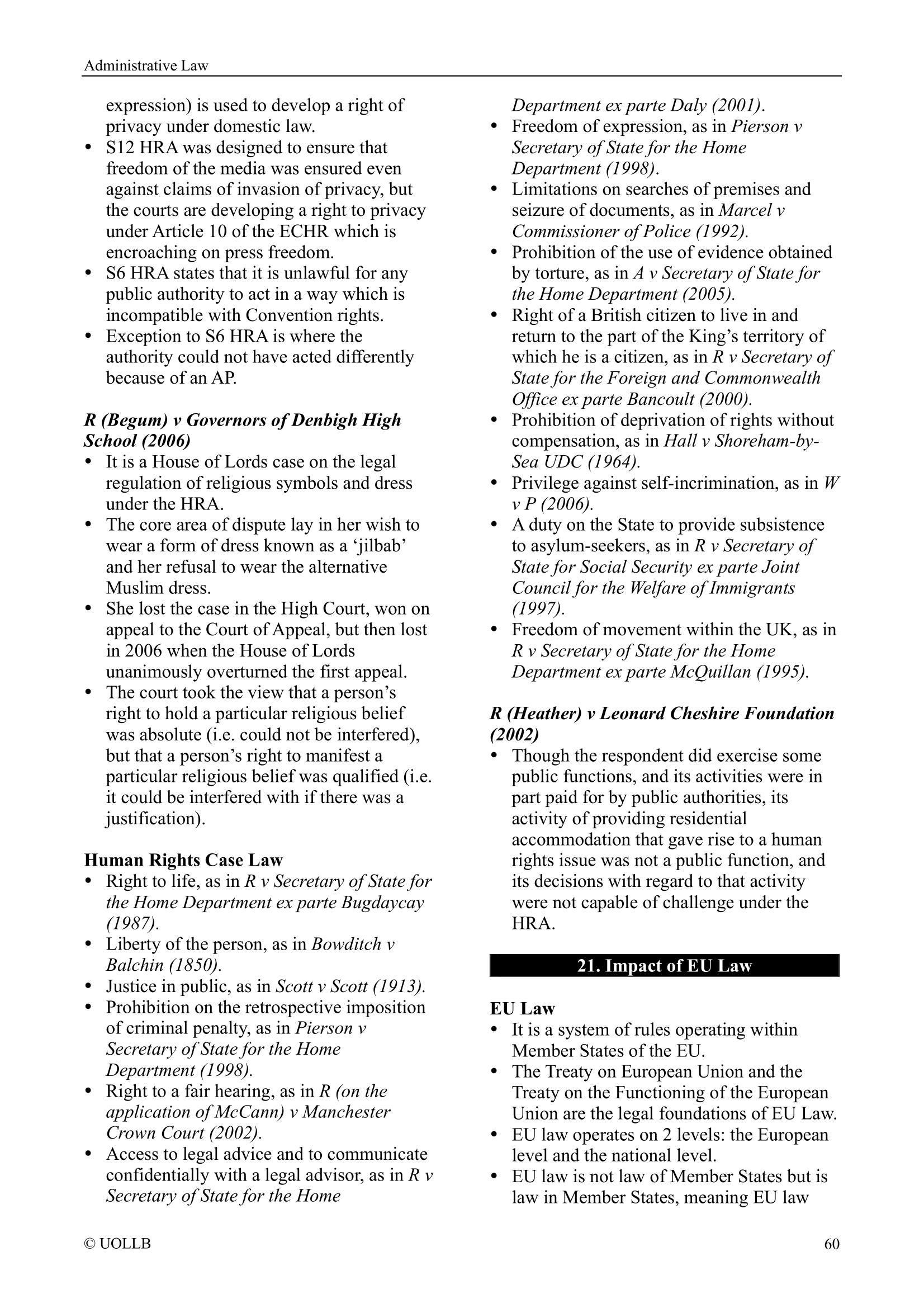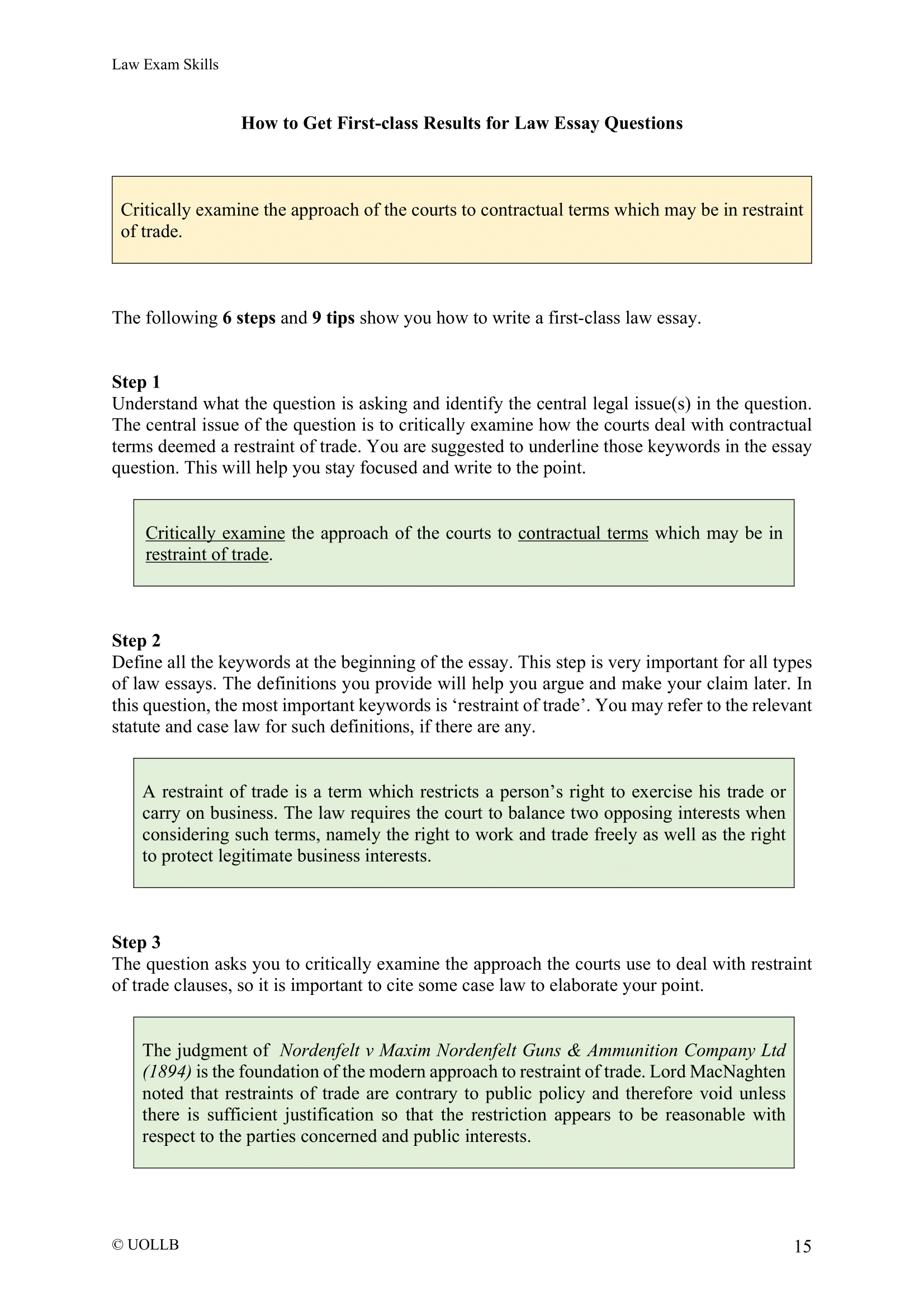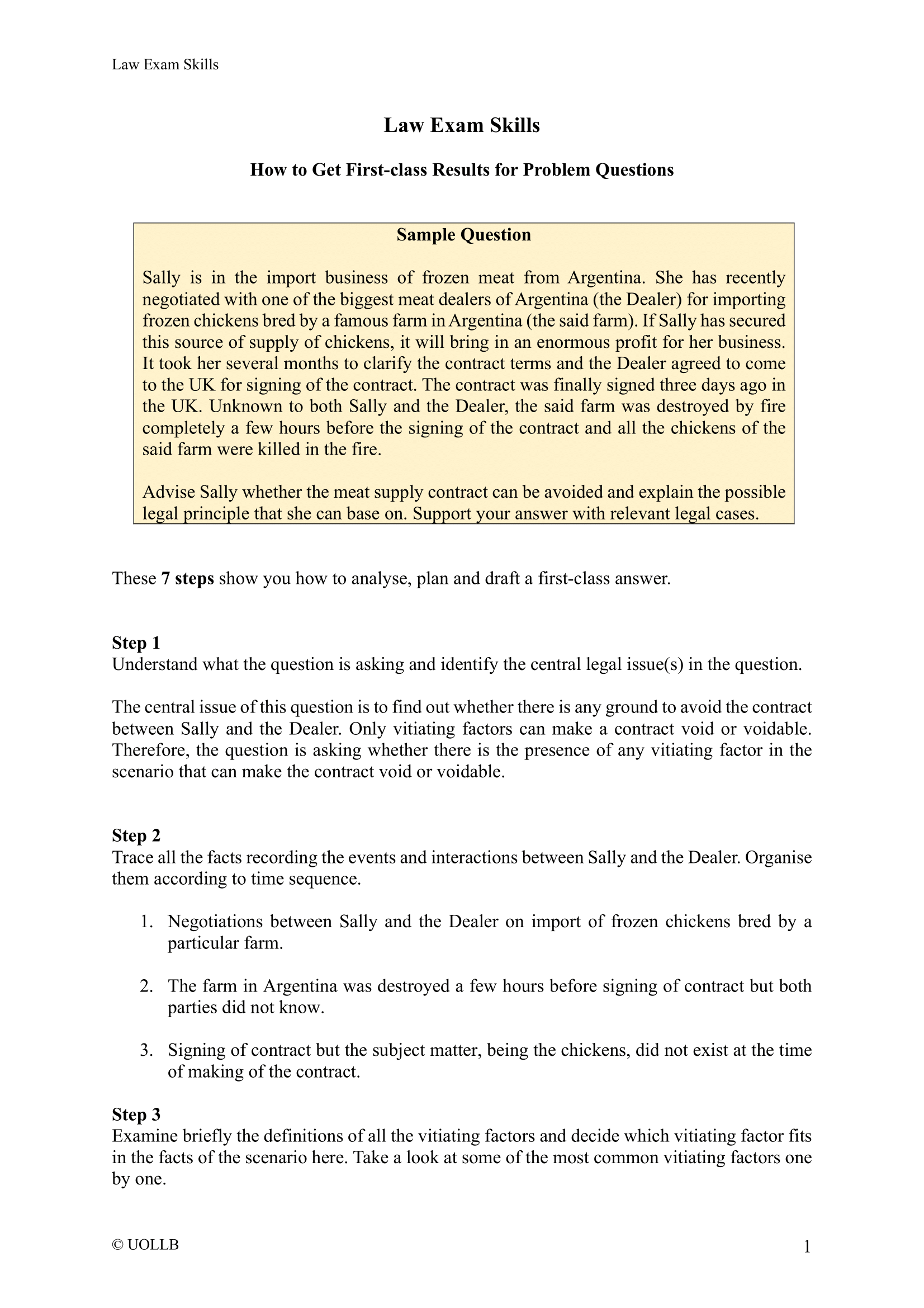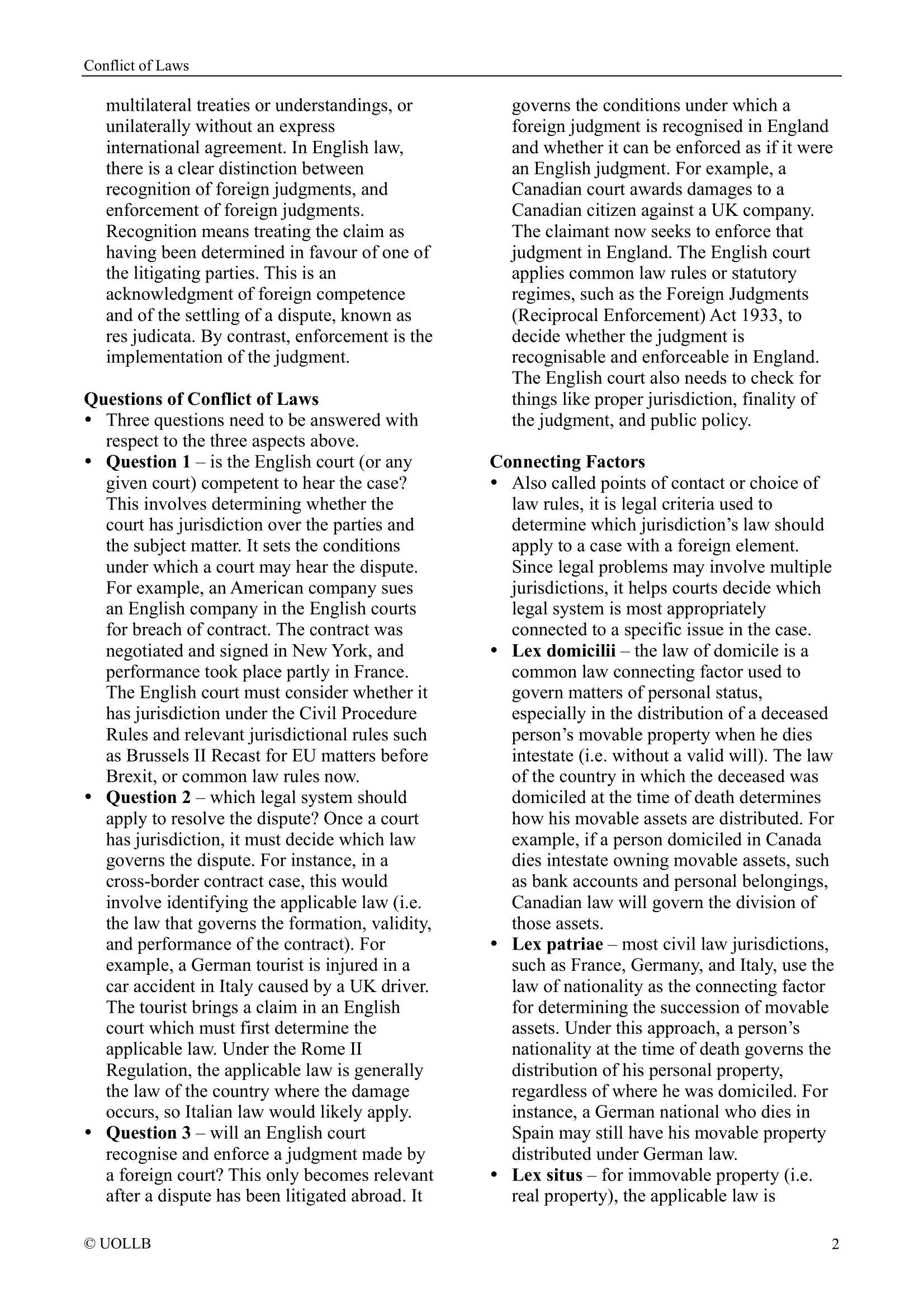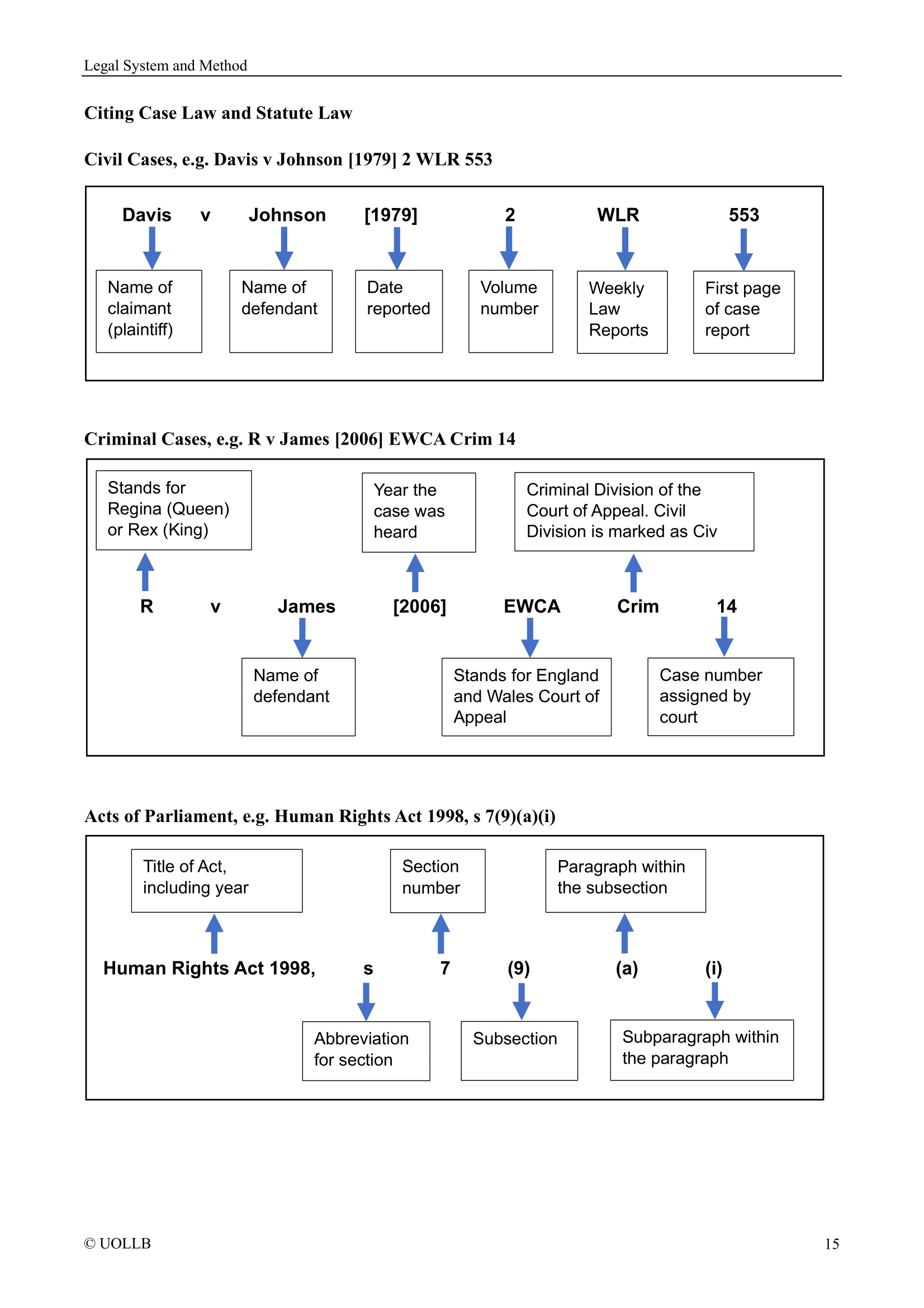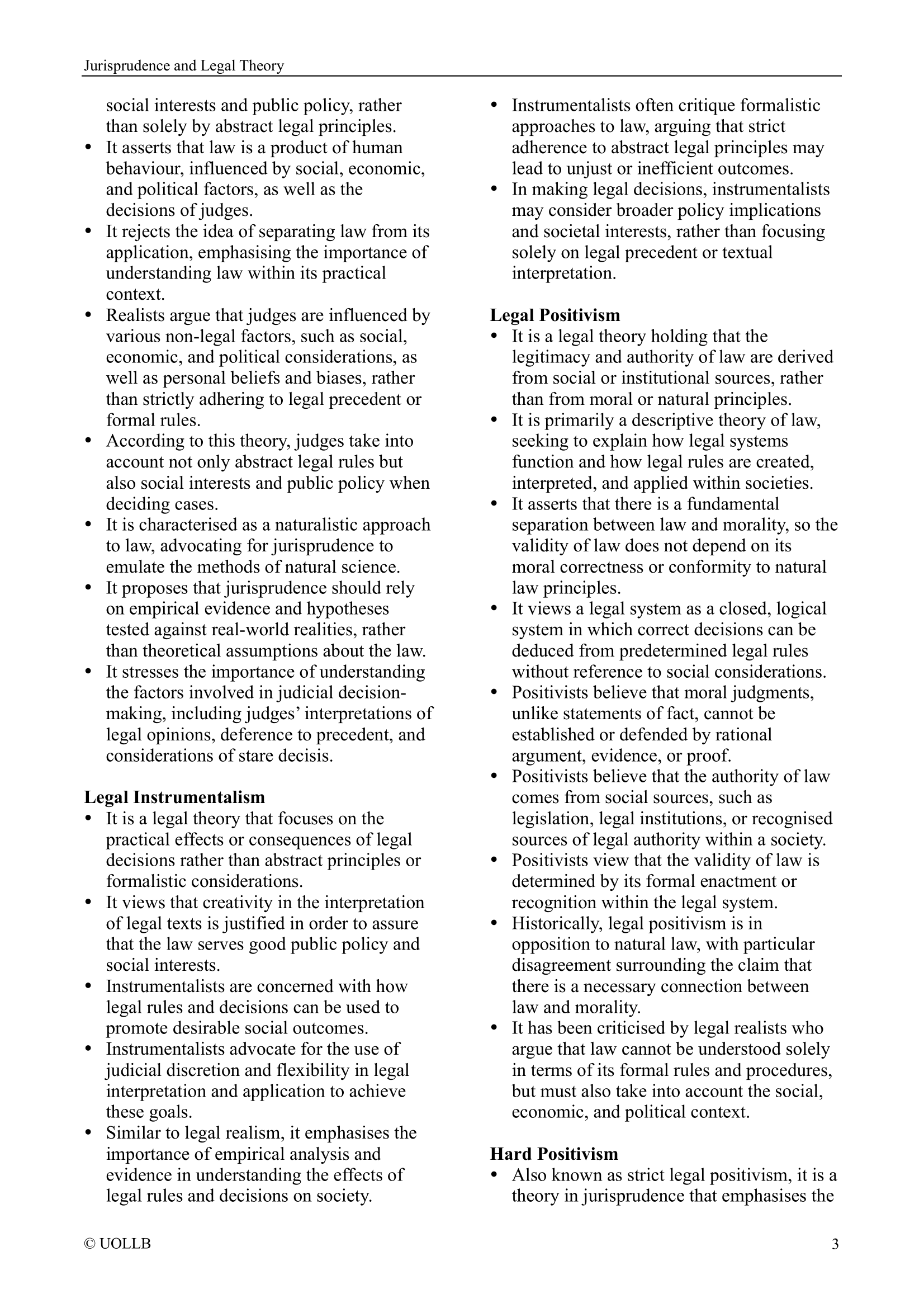C-547/14 Philip Morris v Secretary of State for Health [2016]
Share
C-547/14 Philip Morris v Secretary of State for Health [2016] revolves around Directive 2014/40, which standardised the packaging of cigarettes while allowing member states to introduce additional requirements beyond the directive. Both Philip Morris and British American Tobacco sought judicial review against the implementation of the directive. The English High Court, in response, sought a preliminary reference on the validity of the directive.
The European Court of Justice declared the directive to be valid and falling within the scope of Article 114 of the Treaty on the Functioning of the European Union (TFEU). The Court held that measures that only partially harmonise national rules are within the competence of Article 114 TFEU. In this context, Directive 2014/40, which introduced standardised packaging for cigarettes but allowed for additional national requirements, was deemed valid.
The Court acknowledged existing disparities in national rules and emphasised that without action, these disparities were likely to increase. Despite introducing or preserving differences in national rules, the directive harmonised certain aspects of cigarette packaging. The Court noted that the EU legislature has the discretion to proceed with harmonisation in stages.
The Court found the directive to be proportionate. It highlighted that, considering the primary objective of harmonisation for the internal market, the directive was not manifestly inappropriate. While acknowledging potential future impediments to free movement due to varying national requirements, the Court argued that partial harmonisation still promotes the overall functioning of the internal market.
The directive's dual objectives, facilitating the internal market for tobacco and ensuring the protection of human health, especially among the youth, were deemed legitimate. The Court reasoned that even if the second objective (health protection) could be better achieved at the state level, doing so would create divergences undermining the first objective. The interdependence of these objectives justified EU-level action.
This case illustrates that proportionality is automatically considered fulfilled if the directive falls within the competence of Article 114 TFEU. The case also highlights the delicate balance between harmonising internal market rules and addressing health concerns, showcasing the interconnectedness of these objectives in EU decision-making.

